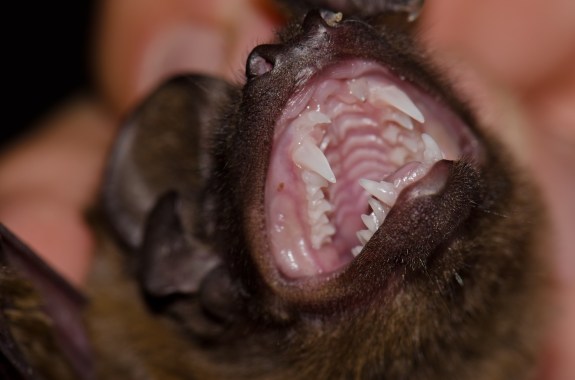As Science Friday’s director and senior producer, Charles Bergquist channels the chaos of a live production studio into something sounding like a radio program. He coordinates in-studio activities each week from 1-4. And then collapses. He also produces pieces for the radio show. His favorite topics involve planetary sciences, chemistry, materials, and shiny things with blinking lights.
Charles has been at Science Friday longer than anyone on staff except Ira, and so serves as a repository of sometimes useful, sometimes useless knowledge about the program. He remembers the time an audience member decided to recite a love poem during a live remote broadcast, the time the whole staff went for ice cream at midnight in Fairbanks, Alaska, and the name of that guy Ira is trying to remember from a few years back who did something with space.
He hails from southeastern Pennsylvania and worked for a while as a demonstrator at the Franklin Institute, Philadelphia’s science museum (favorite devices: Maillardet’s Automaton, the stream table, the Chladni plates). He has a degree in chemistry from the University of Delaware, home of the Fighting Blue Hens, and a master’s in journalism from New York University’s Science, Health, and Environmental Reporting Program. However, he attended the program prior to the addition of ‘Health’ to its name, which may explain his slight unease when covering medical topics.
Outside the walls of Science Friday, he enjoys backpacking, camping, cooking not-entirely-healthy things, reading escapist fiction, and trying to unravel his children’s complicated stories.
A Halloween Monster Mashup, And A Spooky Lakes Tour
Tales of the amazing capabilities of bats, spiders, and snakes. Plus, a guided tour of some of the world’s spookiest lakes.
12:17
Have Astrophysicists Spotted Evidence For ‘Dark Stars’?
Data from the Webb Space Telescope may hold evidence of ancient “dark stars,” which would’ve been powered by dark matter, not nuclear fusion.
10:44
How Federal Cuts Hampered West Alaska’s Storm Forecasts
With gaps in weather balloon data, the National Weather Service didn’t have accurate projections of the worst flooding from Typhoon Halong.
World Space Week And Promising Climate Tech Companies
We check in on some exciting space missions and projects from IMAP to LIGO. Plus, climate tech companies that have our attention.
Moth Survival Strategies And A Rodent Thumbnail Mystery
Moths’ evolutionary split between bright warning colors and subtle camouflage depends on the context. Plus, mysteries of the rodent thumbnail.
Remembering Primatologist Jane Goodall
Trailblazing chimp researcher and conservationist Jane Goodall died on October 1 at 91.
A Trailblazing Geneticist Reflects On Her Life And Work
Dr. Mary-Claire King was the first to link a gene to hereditary cancer risk with the identification of BRCA1. She was just getting started.
A Delicious But Invasive Mushroom Could Affect Fungal Diversity
Golden oyster mushrooms have escaped from home growing kits into the wild. Plus, the ancient origin story of the humble potato plant.
Meet 3I/Atlas, An Object From Another Solar System
The third interstellar object ever observed is in our neighborhood—for now. And, asteroid Bennu could contain dust from far-off solar systems.
The Shape-Shifting Science Of Sand Dunes
A sand dune is much more than just a big pile of sand. But how do they work? And what else do scientists want to know about sand?









